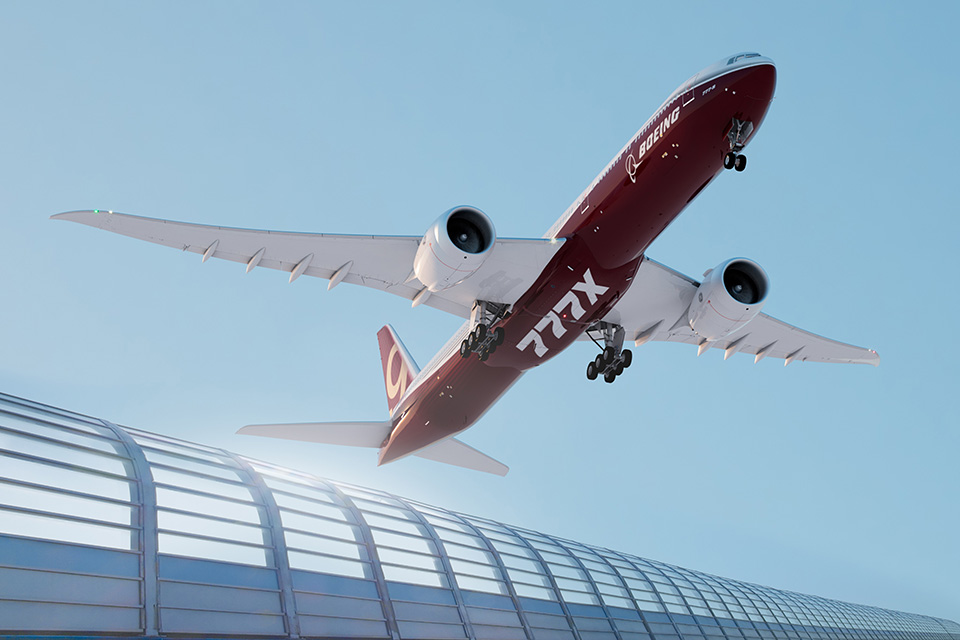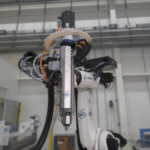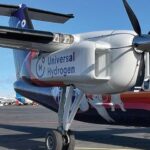How the Next 777 become the World’s Biggest Twin-Engine Jet
Boeing confirms the clever new wing design for its next-gen 777X family of planes.
Boeing has confirmed it will build a sprawling 108-foot-wide wing for the next generation of its 777 aircraft.
The new wing borrows design cues from a sailplane and the manufacturing process from Boeing’s all-composite 787 airliner. With 20 percent more wing area than the current fleet of 777s, the 777X will become the largest twin-engine jet in the world.
This increased wing length and area will create more lift, decreasing fuel consumption and operating costs by more than 10 percent. Increased structural flexibility resulting from the composite construction materials will allow the long wings to gracefully curve up into the air at the tips. This curved shape will optimize the wing’s aerodynamics to create even more lift.
Building a massive new wing isn’t just about the airplane itself. For the new 777 to operate with the size constraints of modern airport, Boeing’s engineers had to design a unique folding wingtip. This will let the new airplane fit at all the airports currently able to receive existing 777s.
Manufacturing such a massive and complicated piece of carbon composite aerodynamic technology is a feat unto itself. Upon completion of the new wing design, Boeing began to transport the first of three enormous autoclaves to their new 777X Composite Wing Center, a 1.3-million-square-foot facility. These autoclaves are where the wing will be heated and undergo immense pressures during the carbon composite manufacturing process. The first autoclave was built out of 13 sections and was assembled to create a 120-foot by 28-foot wing-baking oven.
Portions of Highway 526 near Boeing’s Everett factory in Washington were shut down to avoid any accidents from distracted drivers gawking at the rig transporting the autoclave.
The 777X family is intended to directly compete with the new Airbus A350 and claims to provide greater payload, range, and fuel burn. Boeing has received orders and commitments for 320 airplanes in the 777X family, which will hit the production line in 2017.














